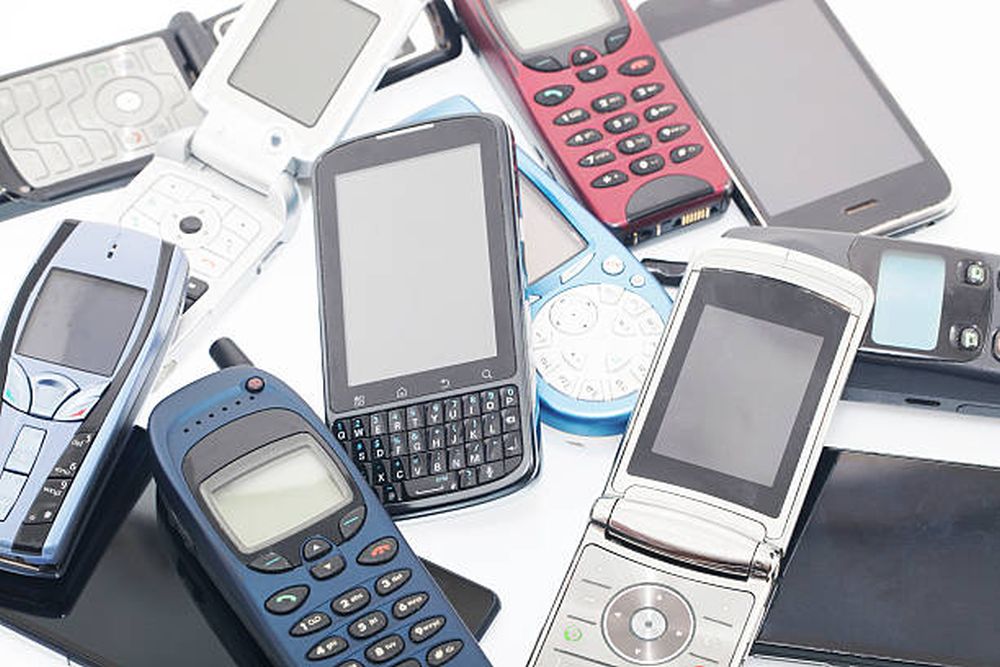
Mobile phones play a crucial role in our daily lives, serving not only as communication tools but also as centers for entertainment, work, and education. In the 21st century, mobile technologies have undergone tremendous transformations, introducing innovations that change the way we communicate and operate. Below, we present the latest trends and transformations in the world of mobile phones.
The Development of 5G Networks
One of the most exciting trends in mobile telephony is the development of 5G networks. 5G technology offers significantly higher data transfer speeds, lower latency, and greater network capacity compared to 4G. With 5G, advanced applications such as virtual reality (VR) and augmented reality (AR) become possible, as well as real-time remote control of IoT devices. The 5G network opens up new possibilities in medicine, autonomous vehicles, and smart cities.
Smartphones with Foldable Screens
Foldable screens are one of the latest innovations in smartphone design. Manufacturers such as Samsung, Huawei, and Motorola have introduced phones with flexible OLED displays that can be folded and unfolded. These innovative designs offer new possibilities for multitasking, content viewing, and mobility. While this technology still faces challenges related to durability and cost, foldable phones are gaining popularity and are likely to evolve in the coming years.
The Growing Importance of Artificial Intelligence (AI)
Artificial intelligence is playing an increasingly important role in smartphones, affecting many aspects of usage. AI improves photo quality, manages battery life, optimizes device performance, and personalizes user experiences. Voice assistants like Google Assistant, Siri, and Alexa are becoming more advanced, offering users personalized support and automating daily tasks. AI in smartphones also enables more accurate translations, image and text recognition, and advanced security features such as facial recognition.
Reducing Environmental Impact
Environmental awareness is growing, and mobile phone manufacturers are starting to introduce more sustainable solutions. The use of recycled materials, reduced energy consumption, and the introduction of take-back and recycling programs for old devices are becoming industry standards. Companies like Apple and Samsung are investing in renewable energy sources and long-term support for their devices, contributing to reduced carbon footprints and electronic waste.
Conclusion
Mobile phones have come a long way from simple communication tools to versatile devices that integrate into our daily lives in numerous ways. The development of 5G networks, foldable screens, advanced artificial intelligence, and sustainable production approaches are just some of the trends shaping the future of phones. As technology continues to evolve, we can expect even more innovative solutions that will impact our lives in ways that are hard to imagine today.